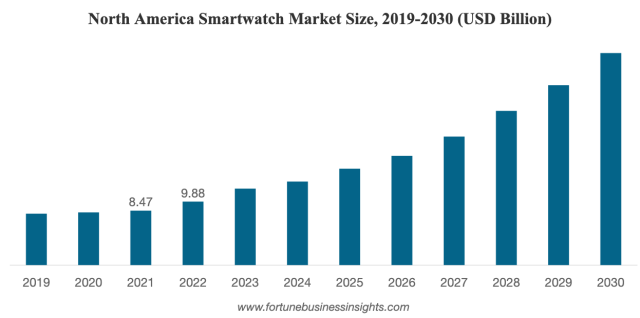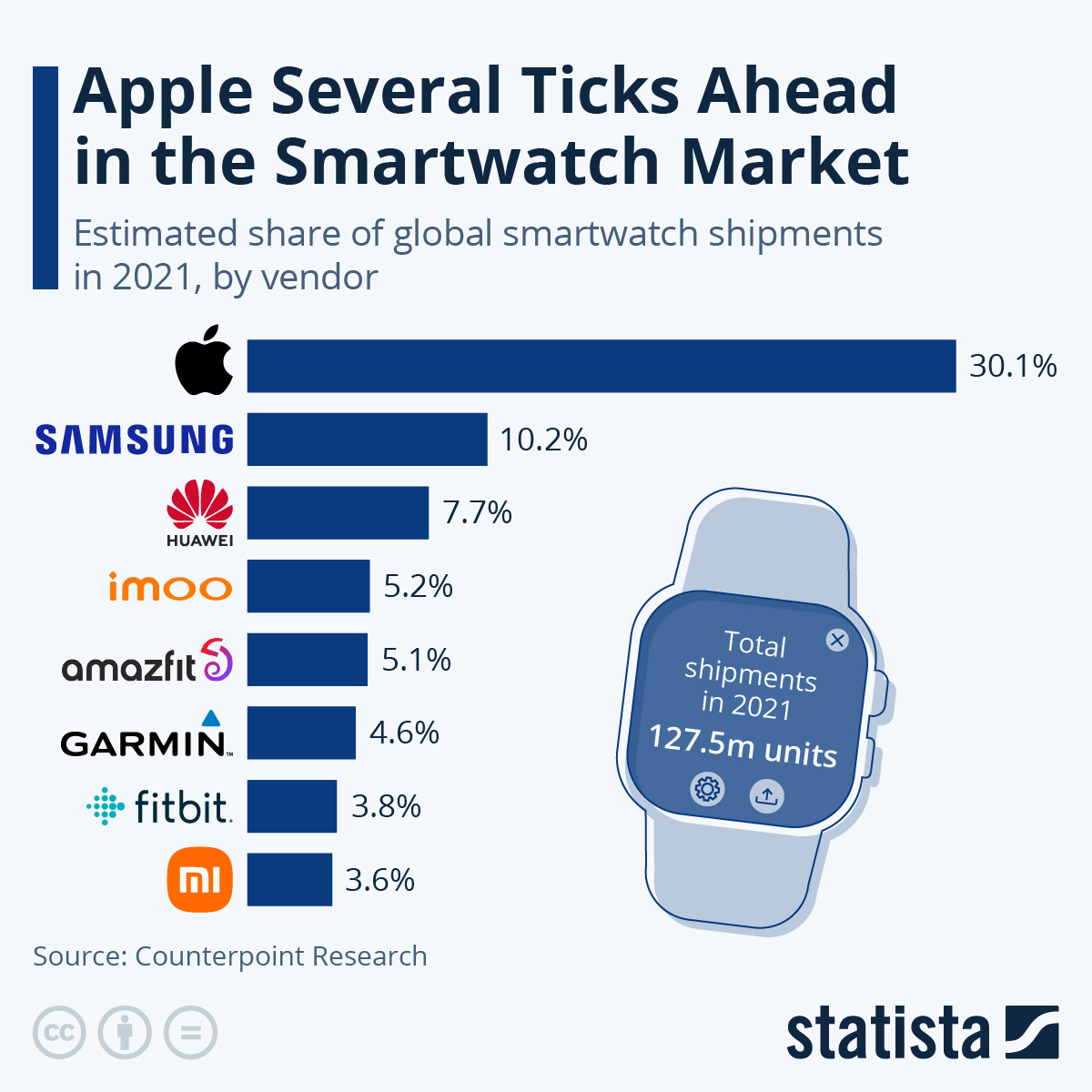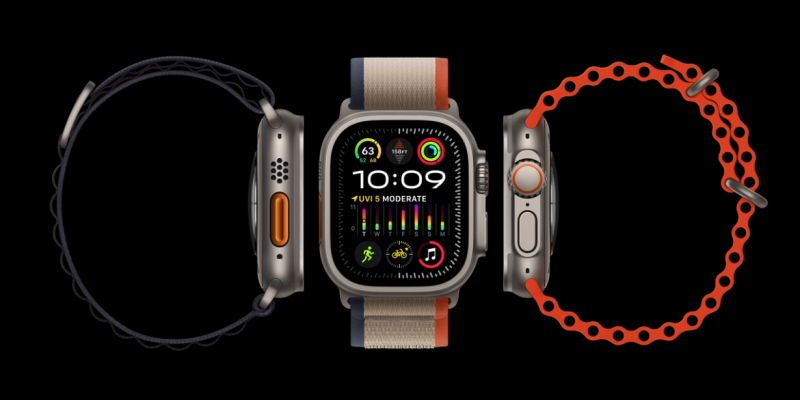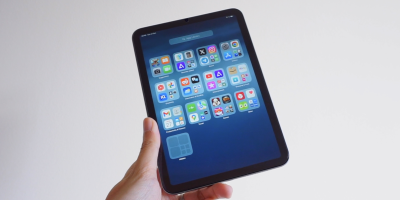Here is a fun fact for you all. I was one of those people who immediately jumped on the smartwatch trend back in 2013. The first smartwatch I had was the original Sony Smartwatch and I used it throughout college where I was balancing a degree and remote work. It turned into an essential piece of kit for me in order to keep on top of everything I was doing.
From there, my true love affair with smartwatches really began. I hopped around for many years with smartwatches from Pebble to Garmin and everything in between. I’ve tried pretty much everything. I’ve tried hybrid watches as well as semi-smart watches. There have been really interesting smartwatches that never really took root like I wished they would. Like the Razer Nabu which shared contact information when you shook hands or your gamer idea. Very similar to the Drop Contacts feature that Apple announced at their 2023 press conference this year.
A Quick History Lesson
Old Android watches from the early 2010s had a reputation for being a bit ugly and plastic feeling. Even if they weren’t actually plastic. They often felt cheap even though you have definitely paid triple digits for the technology that is now hanging off your wrist.
Then Apple came along in 2015 with the original Apple Watch and it was a breath of fresh air. The Apple Watch came in and turned the cheap plastic narrative completely on its head. With all metal options in its entire range, there wasn’t any plastic to be found anywhere on the device. It had chamfered edges and was truly aligned with Apple’s design language.
Since then there has always been a great divide between Apple and the Android equivalents. With such a heavy focus on Apple Watch at this year’s press conference, it feels like the gap is widening even more. Despite the Android versions their ilk have been around much longer. It’s a curious problem. It’s a multifaceted problem. Some I think are systemic to Android and others I think are unique to the Wear OS platform.
So, let’s talk about it.
Wear OS vs. …itself?
There is a line from The Lord of The Rings: The Fellowship of the Ring that speaks to me when I think about this problem. The quote goes
Why, I feel all thin, sort of stretched, if you know what I mean: like butter that has been scraped over too much bread.
I feel this is the core affliction that has been plaguing Wear OS and that is its lack of focus across all platforms. This illness is not something easily cured, however. As it is a core element of what Android is all about. That is about its mobility and adaptability. However, there is a reason why the normal wristwatch has not been iterated on. That’s because of its ease of use and functionality.
Things on a watch need to be simple, and generally barrier-free. When you have the freedom that Android is known for, that naturally will create issues. There are many watchmakers in the world, but not one is the exact same.
Even when the face of the watch is changed. The core function and ease of use remain the same. It stays true to its purpose, which is to tell the time consistently, with precision and with ease. Everything else – its fashion, its style, its internals are all subject to iteration. But it knows its purpose and what it wants to be.
Android Wear vs. the world
Apple very clearly has a vision for the Apple Watch and is very deliberate in terms of what it adds and takes away. It focuses on this and really narrows down on the things that it is good at. It’s not trying to make the Apple watch be able to type out massive emails. It’s focusing in on optimising and iterating. This year’s models show that in practice with its new S9 SiP chip, which works on more cores and more chip optimisations to give a better experience. These chips are in-house to Apple too as they have focused also on building everything in-house.
Identity Crisis
It’s clear that Google hasn’t narrowed down what they want Wear OS to be yet. That’s because that’s not what a free platform is all about. But you can’t let people throw the watch hands wherever they want on a dial and expect it to tell the time. So Google has done what many other mega-corporations have done and tried to absorb the talent from other places to help. Fitbit bought Pebble. Google bought Fitbit. Google also bought Cronologics.
Despite this and other factors. Economic decline, recession, massive tech layoffs, and COVID are all but a few to be named. There is every reason to believe that that talent, while acquired with the best of intentions, was laid off somewhere down the line. Due to a lack of future-proofing and the general profitability of smartwatches which have only been seeing a surge of profitability in the last few years.

The global smartwatch market size is projected to grow from $29.31 billion in 2023 to $77.22 billion by 2030, at a CAGR of 14.84% Source: FortuneBusinessInsights
This is why we see indirect competitors – the likes of Samsung developing their own platform because it was simply easier than waiting for Google to do something. This is why it was so interesting to see them work together on the future of wear OS. The hope is that they will be able to change what we know about Android watches into something that is marketable and important for the future of the smartwatch.
The future of Wear OS
For there to be true iteration there has to be real competition and right now Apple has no fear of losing their crown anytime soon. Especially when it has over 30% of the smartwatch market share. Google has to decide what the future of the Wear platform is going to be in order for it to have a viable future in the smartwatch world.
 You will find more infographics at Statista
You will find more infographics at Statista
We can only hope that working with Samsung, rather than trying to acquire the knowledge through mergers and other acquisitions means that there can be true progress made. Without there being a loss of knowledge transfer due to other outside factors, there is hope for the platform still.
But that has to happen sooner rather than later, and my biggest fear is what is currently being realised. Which is that they end up doing nothing at all.










Comments